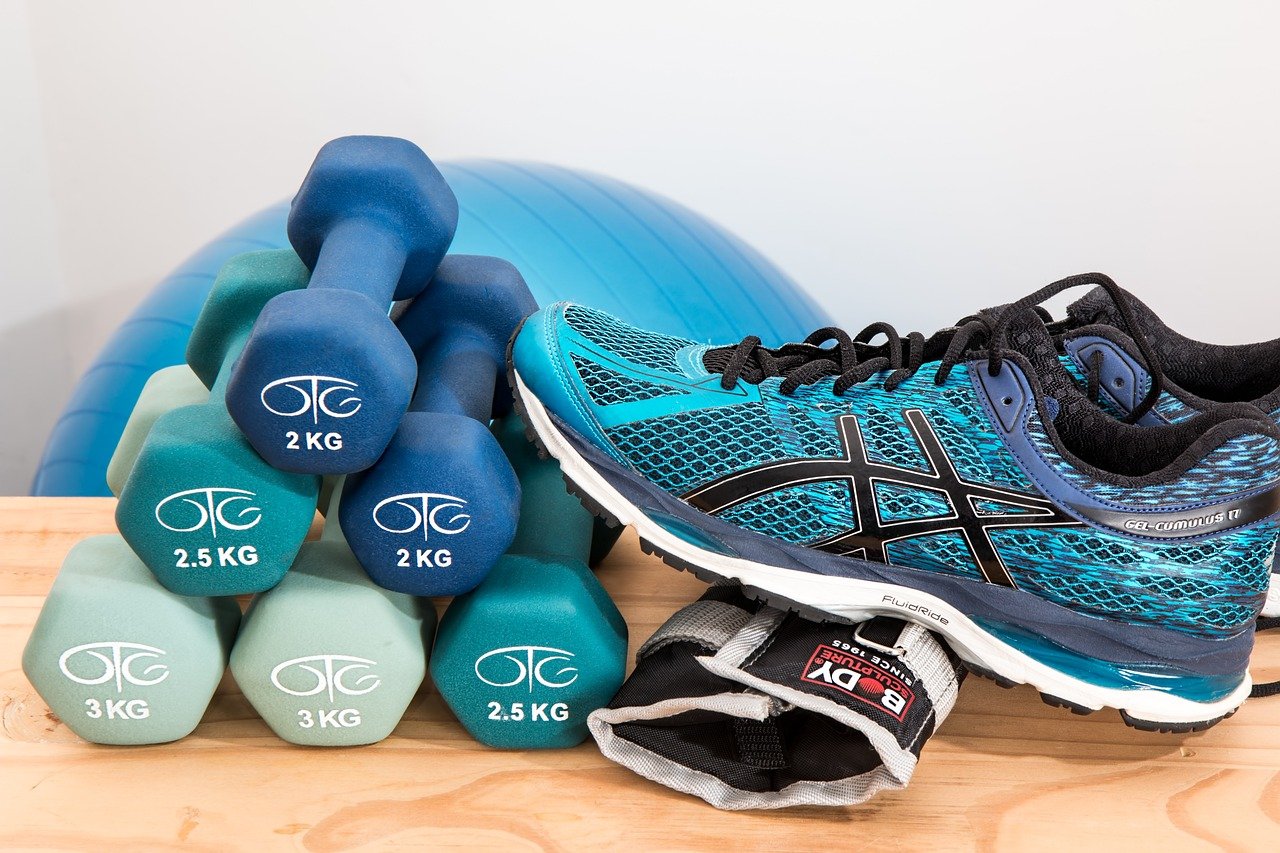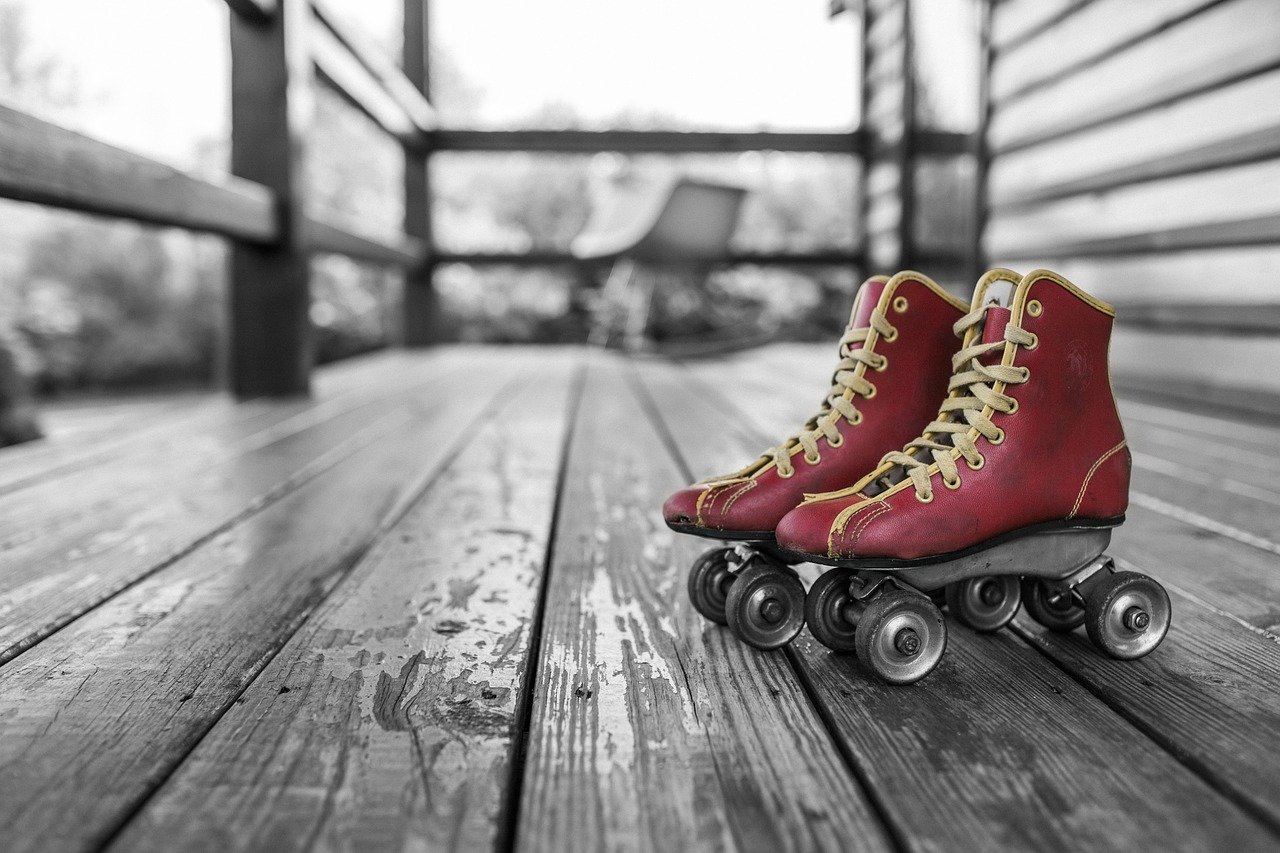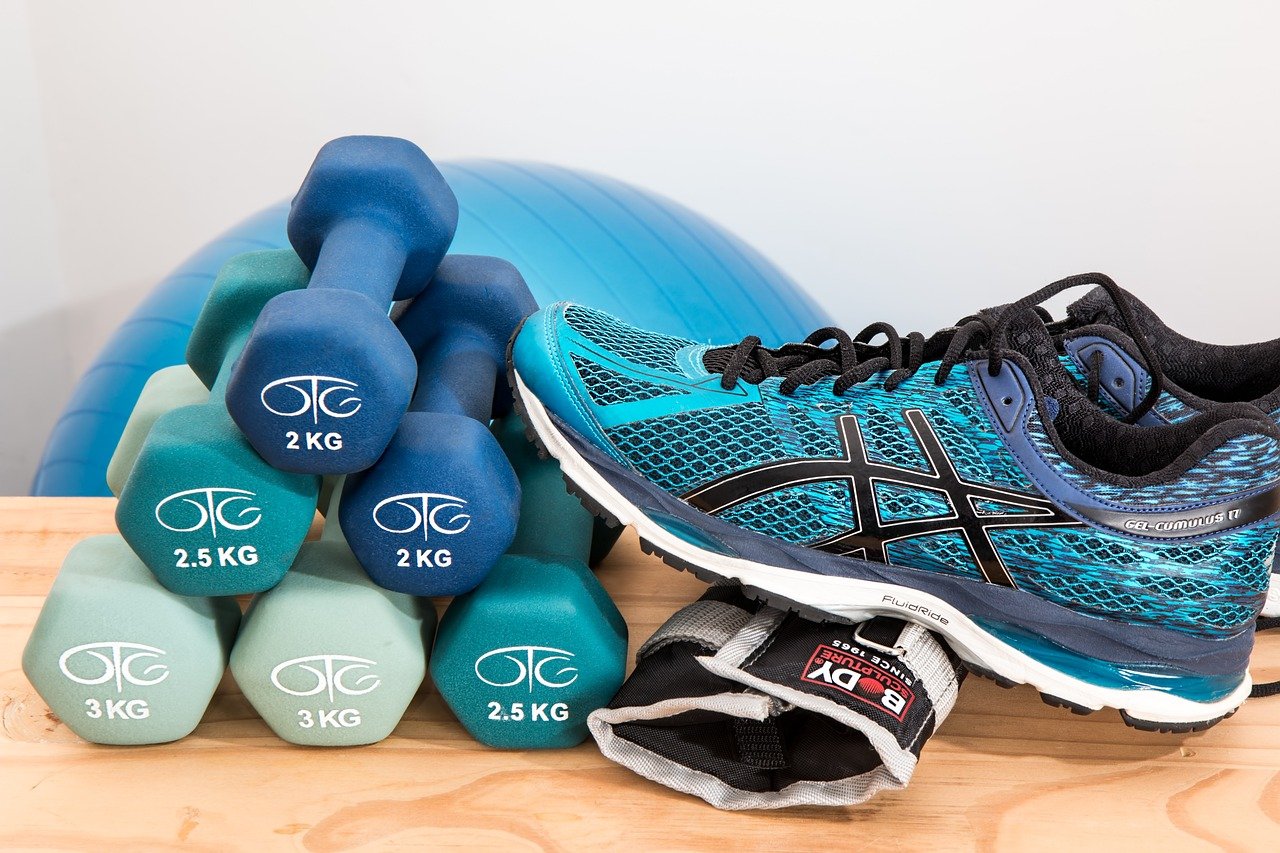Modern Gym Machines: Stair Climbers have emerged as a popular choice amongst fitness enthusiasts seeking to elevate their cardiovascular workouts to new heights. These ingenious machines simulate the act of climbing stairs, offering users a low-impact yet intensive exercise experience. Designed with efficiency in mind, stair climbers effectively target major muscle groups while also providing a well-rounded workout for the entire body. In this article, we explore the benefits of stair climbers, their potential costs, compare various models available in the market, and provide a comprehensive overview of their unique features and advantages. Join us as we ascend to new fitness heights with the innovative world of modern stair climbers.

Overview of Stair Climbers
Definition and Purpose
Stair climbers, also known as stair steppers or Stair machines, are exercise machines designed to simulate the action of climbing stairs. These machines provide users with a low-impact cardiovascular workout while targeting and strengthening the lower body muscles. Stair climbers are commonly found in gyms and fitness centers, offering individuals an efficient and effective means of improving their overall fitness levels.
History of Stair Climbers
The invention of stair climbers can be traced back to the late 1980s, with the introduction of the first commercially successful step mill. This machine, known as the StairMaster 5000, was revolutionary in its design and quickly gained popularity in the fitness industry. Since then, stair climbers have undergone significant advancements, with various manufacturers introducing their own versions, each with unique features and capabilities.
Benefits of Using Stair Climbers
Using stair climbers as part of your fitness routine offers numerous benefits. Firstly, they provide an excellent cardiovascular workout, promoting heart health and increasing overall endurance. Additionally, stair climbers target and strengthen the lower body muscles, including the quadriceps, hamstrings, glutes, and calves. This can help improve leg strength, stability, and muscular endurance. Stair climbers also help burn calories, making them a valuable tool for weight loss and weight management. Finally, using stair climbers can contribute to improved bone density and joint health, as the weight-bearing nature of the exercise stimulates bone growth and strengthens connective tissues.
Types of Stair Climbers
Step Mill
Step mills are the most common type of stair climbers found in gyms and fitness centers. These machines have a set of rotating steps that mimic the action of climbing stairs. Users can adjust the speed and resistance level to customize their workout intensity. Step mills often feature built-in programs, heart rate monitoring, and various metrics displayed on the console, providing users with real-time feedback on their workout performance.
Pedal Stair Climbers
Pedal stair climbers, also known as mini stair steppers or stair pedal machines, are compact and portable alternatives to traditional step mills. These machines consist of two pedals that move up and down, simulating the motion of climbing stairs. Pedal stair climbers are typically smaller in size and offer adjustable resistance levels to accommodate different fitness levels.
Mini Steppers
Similar to pedal stair climbers, mini steppers are small, portable machines designed for home use. These machines feature two small pedals attached to a hydraulic system, allowing users to replicate the motion of stair climbing or stepping. Mini steppers often come with resistance bands that can be used to engage the upper body muscles while stepping, providing a full-body workout.
Escalator Stair Climbers
Escalator stair climbers, also known as escalator steppers or rotating stair climbers, are a variation of the traditional step mill. Instead of a continuous rotating staircase, escalator stair climbers have steps that move in a circular motion, simulating the experience of climbing an escalator. These machines offer a unique workout experience and can provide an additional challenge to users.

Features and Functions of Stair Climbers
Step Height and Width
When considering a stair climber, it is important to pay attention to the step height and width. Step height determines the intensity of the workout, with higher steps requiring more effort. The width of the steps should be wide enough to provide stability and accommodate various foot positions during the exercise.
Resistance Levels
Most stair climbers offer adjustable resistance levels to cater to users of different fitness levels. By increasing the resistance, users can increase the intensity of their workout, challenging their muscles and cardiovascular system. It is important to choose a stair climber that offers a wide range of resistance levels to allow for progression as fitness levels improve.
Built-in Programs
Many modern stair climbers come equipped with built-in workout programs that provide variety and motivation. These programs often simulate different types of stair climbing workouts, such as interval training or hill climbs. Built-in programs can help users vary their workouts, target specific goals, and add diversity to their exercise routine.
Heart Rate Monitoring
Heart rate monitoring is a valuable feature found in some stair climbers. This allows users to track their heart rate during their workouts and ensure they are exercising within their desired target heart rate zone. Monitoring heart rate can help individuals optimize their workout intensity, ensuring they are working at an appropriate level for their fitness goals.
Displayed Metrics
Stair climbers typically feature a console that displays various metrics to provide users with real-time feedback. These metrics commonly include workout duration, distance climbed, calories burned, speed, and step count. Displayed metrics can help individuals track their progress, set goals, and stay motivated during their stair climbing workouts.
Comparison of Stair Climbers with Other Gym Machines
Stair Climbers vs Treadmills
When comparing stair climbers to treadmills, both machines offer cardiovascular workouts. However, stair climbers specifically target the lower body muscles, whereas treadmills engage the lower body as well as the core and upper body muscles. Stair climbers provide a greater emphasis on muscle strength and endurance in the legs, making them an excellent choice for individuals looking to specifically target their lower body.
Stair Climbers vs Ellipticals
Stair climbers and ellipticals are similar in that they both provide low-impact cardiovascular workouts. However, ellipticals offer a more full-body workout, engaging both the upper and lower body muscles. Stair climbers, on the other hand, primarily target the lower body. The choice between these machines depends on individual preferences and goals.
Stair Climbers vs Exercise Bikes
Stair climbers and exercise bikes are both popular cardio machines. The main difference lies in the muscle groups targeted. Stair climbers primarily engage the muscles of the lower body, while exercise bikes predominantly target the leg muscles. Additionally, exercise bikes are gentler on the joints, making them a suitable choice for individuals with joint issues or those seeking a lower-impact workout.

Stair Climbers and Lower Body Workout
Muscles Targeted
Stair climbers provide an excellent workout for the lower body muscles. The primary muscles targeted during stair climbing include the quadriceps, hamstrings, glutes, and calves. These muscles work together to propel the body upwards with each step, resulting in improved strength, endurance, and tone in the lower body.
Cardiovascular Benefits
Using a stair climber elicits a cardiovascular response, increasing heart rate and improving cardiovascular fitness. Regular stair climbing workouts can help strengthen the heart muscle, improve circulation, and enhance the body’s ability to transport and utilize oxygen. These cardiovascular benefits can contribute to improved overall health and reduced risk of cardiovascular diseases.
Calorie Burning Potential
Stair climbers are an effective tool for burning calories and aiding in weight loss. The combination of a cardiovascular workout and engagement of multiple lower body muscles results in a high calorie burn. The exact number of calories burned depends on various factors such as body weight, exercise intensity, and duration. Incorporating stair climbing into a regular exercise routine can contribute to calorie deficit and weight management.
Safety Tips and Precautions for Using Stair Climbers
Proper Form and Posture
Maintaining proper form and posture is essential when using a stair climber. Users should stand upright with their shoulders back and abdominals engaged. Leaning too far forward or backward can place unnecessary stress on the joints and increase the risk of injury. It is important to read and follow the machine’s user manual or seek guidance from a fitness professional to ensure correct form.
Adjusting Exercise Intensity
Beginners should start with a low resistance level and gradually increase it as their fitness level improves. Overexerting oneself or using too high of a resistance level can lead to muscle strain, fatigue, or potential joint issues. It is important to listen to the body and adjust the intensity accordingly to avoid injury.
Monitoring Heart Rate
Monitoring heart rate during stair climbing workouts is crucial. Users should aim to exercise within their target heart rate zone, which varies based on age and fitness level. A heart rate monitor can help individuals stay within the appropriate range, ensuring a safe and effective workout.
Starting Slowly and Progressing Gradually
It is important for beginners to start slowly and progress gradually when incorporating stair climbing into their fitness routine. Starting with shorter sessions at a comfortable intensity allows the body to adapt to the new exercise. As fitness levels improve, individuals can gradually increase the duration and intensity of their workouts.
Using Handrails Correctly
Handrails are provided on stair climbers for stability and support. However, it is important to avoid relying heavily on the handrails during the exercise. Using the handrails excessively can alter the natural movement pattern and reduce the effectiveness of the workout. Individuals should strive to maintain balance and stability without relying on the handrails for support.
Preventing Slips and Falls
When using a stair climber, it is important to wear appropriate footwear with good traction to prevent slipping. Additionally, individuals should ensure that the machine is on a stable surface and free from any hazards. It is also advisable to position the stair climber in a well-lit area to ensure clear visibility and reduce the risk of accidents.
Tips for an Effective Stair Climbing Workout
Warming Up before the Workout
Prior to using a stair climber, it is important to warm up the muscles and prepare the body for exercise. Incorporating dynamic stretches, such as leg swings or walking lunges, can help increase blood flow to the muscles and improve range of motion. A thorough warm-up helps reduce the risk of injury and enhances the effectiveness of the workout.
Selecting the Right Resistance Level
Choosing the appropriate resistance level is crucial for an effective stair climbing workout. The resistance should be challenging enough to engage the muscles and elevate heart rate, but not so high that it compromises proper form or causes excessive strain. Experimenting with different resistance levels and adjusting as needed allows individuals to find the optimal intensity for their workout.
Varying the Intensity and Duration
To maximize the benefits of stair climbing, it is important to vary the intensity and duration of the workouts. Incorporating intervals of higher intensity climbing followed by periods of recovery can increase calorie burn, improve cardiovascular fitness, and challenge the muscles in different ways. Mixing up the duration of the workouts can also prevent boredom and plateau effects.
Incorporating Interval Training
Interval training involves alternating between periods of high-intensity exercise and periods of lower intensity or active recovery. This training method can be applied to stair climbing by increasing the speed or resistance level for a set period, followed by a recovery period at a lower intensity. Interval training can enhance cardiovascular fitness, improve endurance, and boost calorie burn.
Maintaining Proper Foot Position
Maintaining proper foot position during stair climbing is important for both safety and effectiveness. Feet should be placed fully on each step, ensuring the entire foot is in contact with the surface. Bouncing or lifting the heels excessively can place undue stress on the calf muscles. Keeping the foot flat and engaging the entire lower leg muscles helps distribute the workload evenly and reduces the risk of injury.
Adding Upper Body Movements
To increase the engagement of the upper body muscles and intensify the workout, individuals can incorporate upper body movements while using the stair climber. This can include swinging the arms, performing bicep curls, or adding resistance bands for shoulder exercises. Adding upper body movements transforms the stair climbing workout into a full-body exercise, boosting calorie burn and targeting additional muscles.
Stretching after the Workout
After completing a stair climbing workout, it is important to cool down and stretch the muscles. Stretching helps reduce muscle soreness and stiffness, improves flexibility, and aids in recovery. Targeted stretches for the quadriceps, hamstrings, glutes, and calves can help relieve tension and promote muscle relaxation.
Popular Stair Climbers on the Market
Brand A Stair Climber
Brand A offers a range of stair climbers known for their durability, ergonomic design, and advanced features. These machines are equipped with a variety of programs, resistance levels, and heart rate monitoring capabilities. Brand A stair climbers come with a user-friendly console that displays essential metrics, providing users with valuable feedback on their workout performance.
Brand B Stair Climber
Brand B specializes in manufacturing high-quality stair climbers that prioritize user comfort and adjustability. These machines are known for their smooth and quiet operation, making them ideal for home use. Brand B stair climbers feature adjustable step height and width, allowing users to customize their workout to match their individual preferences and fitness levels.
Brand C Stair Climber
Brand C stair climbers are renowned for their innovative technology and sleek design. These machines incorporate interactive screens that offer virtual climbing experiences, appealing to users looking for a more immersive workout. Brand C stair climbers also feature connectivity options, allowing users to track their progress and compete with others, adding an element of gamification to their fitness routine.
Considerations When Buying a Stair Climber
Price and Budget
When considering purchasing a stair climber, price and budget are important factors to consider. Stair climbers can vary significantly in price, depending on the brand, model, and features. It is essential to establish a budget and research machines within that price range to find the best option.
Size and Space Requirements
Stair climbers come in various sizes, so it is crucial to consider the available space in your home or gym before making a purchase. Measure the area where the machine will be placed to ensure it will fit comfortably. Additionally, consider the height of the ceiling to ensure there is sufficient clearance for the individual using the stair climber.
Maximum User Weight
Check the maximum user weight capacity of the stair climber before purchasing. Different machines have different weight limits, so it is important to select a model that can accommodate the weight of the intended user. Exceeding the maximum weight capacity may compromise the safety and effectiveness of the machine.
Durability and Warranty
Look for a stair climber that is built to last and can withstand regular use. Consider machines made from high-quality materials that are known for their durability. Additionally, check the warranty that comes with the stair climber to ensure sufficient coverage in case of any defects or issues.
Additional Features
Consider any additional features or accessories that may enhance the overall user experience. This can include features such as USB ports for charging devices, built-in speakers for music playback, or tablet holders for entertainment during workouts. Assess which features are important to you and choose a stair climber that meets your desired criteria.
Maintenance and Care for Stair Climbers
Regular Cleaning
To keep a stair climber in optimal condition, regular cleaning is essential. Wipe down the machine after each use to remove sweat and dirt. Clean the steps, handrails, and console using mild soapy water or a suitable cleaning solution. Avoid using abrasive cleaners or excessive moisture that could damage the machine.
Inspecting for Wear and Tear
Periodically inspect the stair climber for any signs of wear and tear. Check for loose or worn parts, such as bolts, nuts, or pedals. Ensure that all moving parts are functioning smoothly and without any unusual noises. If any issues are detected, refer to the machine’s user manual or contact the manufacturer for assistance.
Lubricating Moving Parts
Maintaining the smooth operation of the stair climber requires proper lubrication of moving parts. Consult the machine’s user manual to determine the recommended lubricant and intervals for lubrication. Apply lubricant to the designated areas as instructed to reduce friction and prevent unnecessary wear and tear.
Tightening Loose Bolts
Regularly check and tighten any loose bolts or screws on the stair climber. Over time, vibrations from use may cause components to become loose. Ensure that all connections are secure to maintain stability and safety during workouts.
Replacing Batteries if Applicable
If the stair climber uses batteries for power or console operation, check the battery compartment regularly. Replace any batteries that are low or depleted to ensure uninterrupted functionality. Follow the manufacturer’s instructions for battery replacement to avoid any damage to the machine or personal harm.
In summary, stair climbers are versatile and effective exercise machines that offer numerous benefits. They provide a low-impact cardiovascular workout while targeting and strengthening the lower body muscles. With various types and features available, individuals can find a stair climber that suits their preferences and fitness goals. It is important to use stair climbers safely and maintain them properly to ensure long-lasting performance and enjoyment. Whether used in a gym or at home, stair climbers offer a convenient and efficient way to enhance overall fitness and achieve personal wellness goals.


